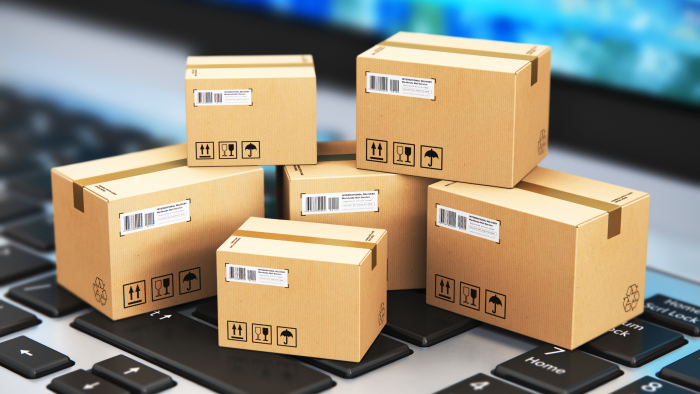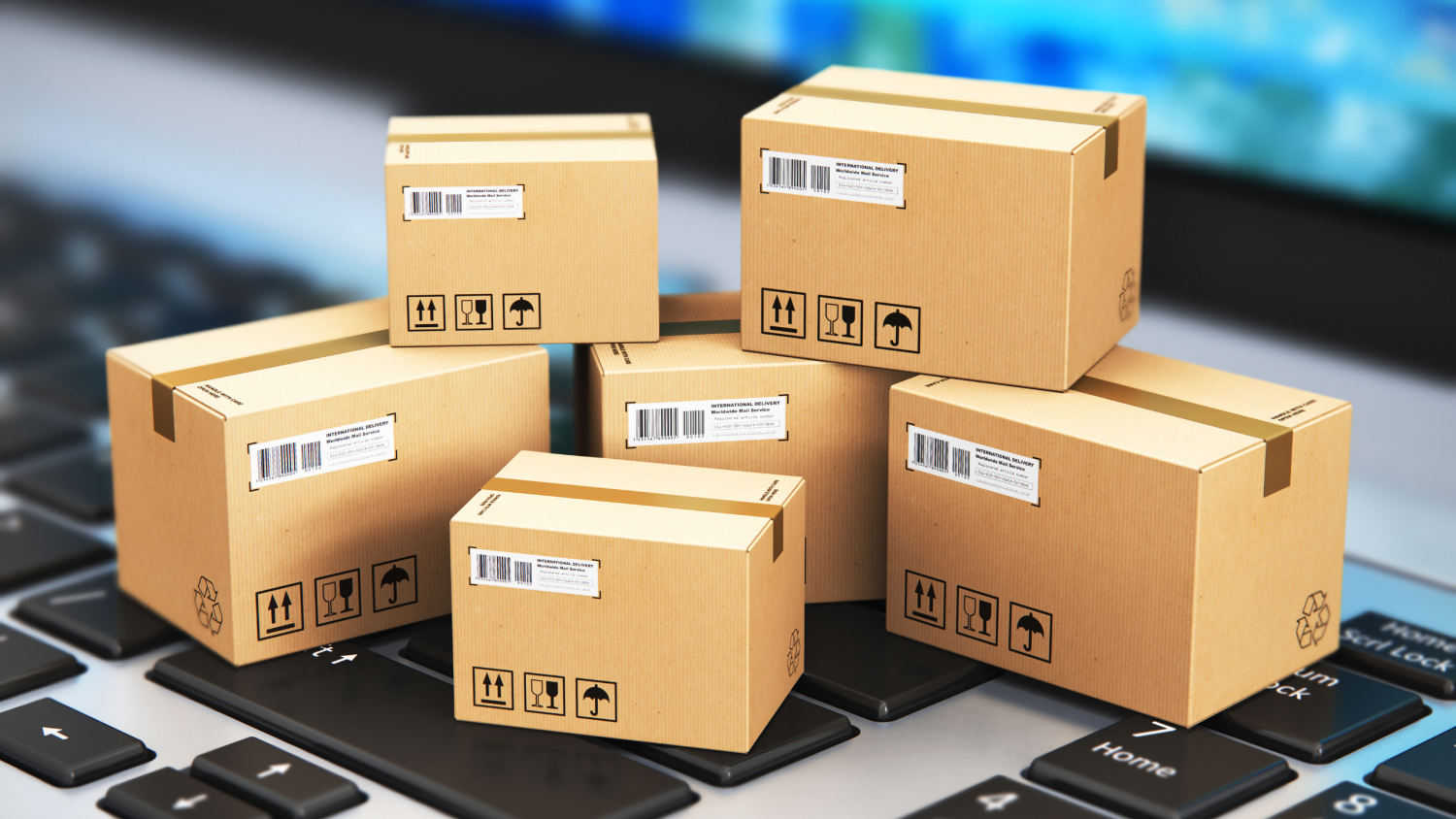Are you a business owner or entrepreneur dealing with the complexities of implementing reverse logistics in your e-commerce business? If so, you're not alone! Reverse logistics represent one of the most common challenges for companies offering online sales and services. The process involves ensuring that customers receive exactly what they ordered, but also requires bringing products back when requested (returns) or even exchanging them for something else.
That's why today we are going to discuss some of the most common challenges associated with using reverse logistics in an e-commerce context. Not only will we look at logistical factors, but also financial considerations to keep in mind while navigating this complex yet essential series of tasks that define successful customer service on a large scale.
Lack of visibility
One of the most significant challenges faced in this area is the lack of visibility into the status of returned items and their condition. This not only delays their return to the sales floor but can also impact the overall efficiency of a business, especially in industries like apparel and food products. To proactively tackle this issue, companies can incorporate an inventory management system that diligently tracks returned items, ensuring their seamless re-entry into the inventory levels. By automating this process, businesses can stay ahead of the curve, reduce potential losses, and maintain a strong presence in the competitive market.
Did you know that in many businesses, packages with returns are only logged every two to three days? As a result, it takes longer for products that weren't picked up during delivery to make their way back onto the shelves and be available for sale.
Extra Costs
Reverse logistics can be expensive, particularly for smaller e-commerce businesses. To mitigate costs, businesses can implement a restocking fee or charge for return shipping. Even more crucial is the decision to collaborate with a third-party logistics provider that has specific expertise in the area of reverse logistics. Through their wealth of knowledge and experience, such providers can suggest clever ways to streamline the process, ultimately reducing costs.
Good practice! employing barcoded bags to package apparel can save both your time and money when managing returns. This method eliminates the need for manually replacing tags on items, making it an efficient way to manage returns.
Inefficiency
As products are returned, it becomes essential for companies to find ways to tackle the inefficiencies associated with this process. A smart, casual approach to improving reverse logistics involves standardizing and automating the return process, which not only saves time but also ensures a consistent experience for customers. Furthermore, investing in employee training can equip your team with the skills needed to promptly identify and document any issues related to returned items. These measures, when combined, can significantly streamline reverse logistics, allowing businesses to focus on their core functions and improve their overall operations.
Lack of space
The challenge of managing returned items can significantly impact businesses, especially those with restricted warehouse capacity. Moreover, storage restrictions can result in delayed and complicated return processes. Consequently, businesses should consider adopting a just-in-time inventory system that effectively minimizes the need for excessive inventory while simultaneously creating space for returned items. One approach to overcoming this obstacle is by outsourcing the return process entirely, which enables businesses to receive returned products already checked and prepared for dispatch. By entrusting logistics partners to manage the verification and refreshing of returned items and subsequently transferring these products back to the dispatch warehouse, businesses can optimize their storage capabilities and thereby avoid any logistical challenges that may arise from limited space. No more playing warehouse Tetris.
Quality control
Quality control is of the utmost importance in any business, especially when it comes to inspecting returned items for possible defects or damages. The reverse logistics process demands strict attention to detail and a keen eye, but not all businesses possess the necessary resources and expertise to effectively carry out this critical task. To guarantee the highest level of quality control, businesses can either consider partnering with professional third-party inspection services or investing in comprehensive training programs for their employees. By doing so, businesses can significantly enhance their ability to accurately assess returned items, ensuring customer satisfaction and preserving their reputation for excellence in their respective industries.
Law & compliance
To guarantee transparency, trust, and fairness in the digital economy, it is vital to ensure thorough and accurate reporting of consumer complaints and withdrawal from distance contracts. Obeying e-commerce laws not only secures consumers' rights but also encourages fair business conduct. As e-commerce continues its growth trajectory, maintaining stringent standards for reporting will be key to achieving a sustainable virtual market that benefits all members.
Implementing reverse logistics in e-commerce presents several challenges, but with the right strategies and experienced partners, businesses can minimize these challenges and optimize their reverse logistics processes. By improving visibility, mitigating costs, streamlining processes, optimizing inventory management, and ensuring quality control, businesses can effectively manage returns and maximize their profitability in the e-commerce industry. By optimizing and refining your process, you can maximize your capabilities of yourself as well as those that surround you. Taking advantage of these resources will bring a wealth of opportunities to further succeed in business and beyond.






